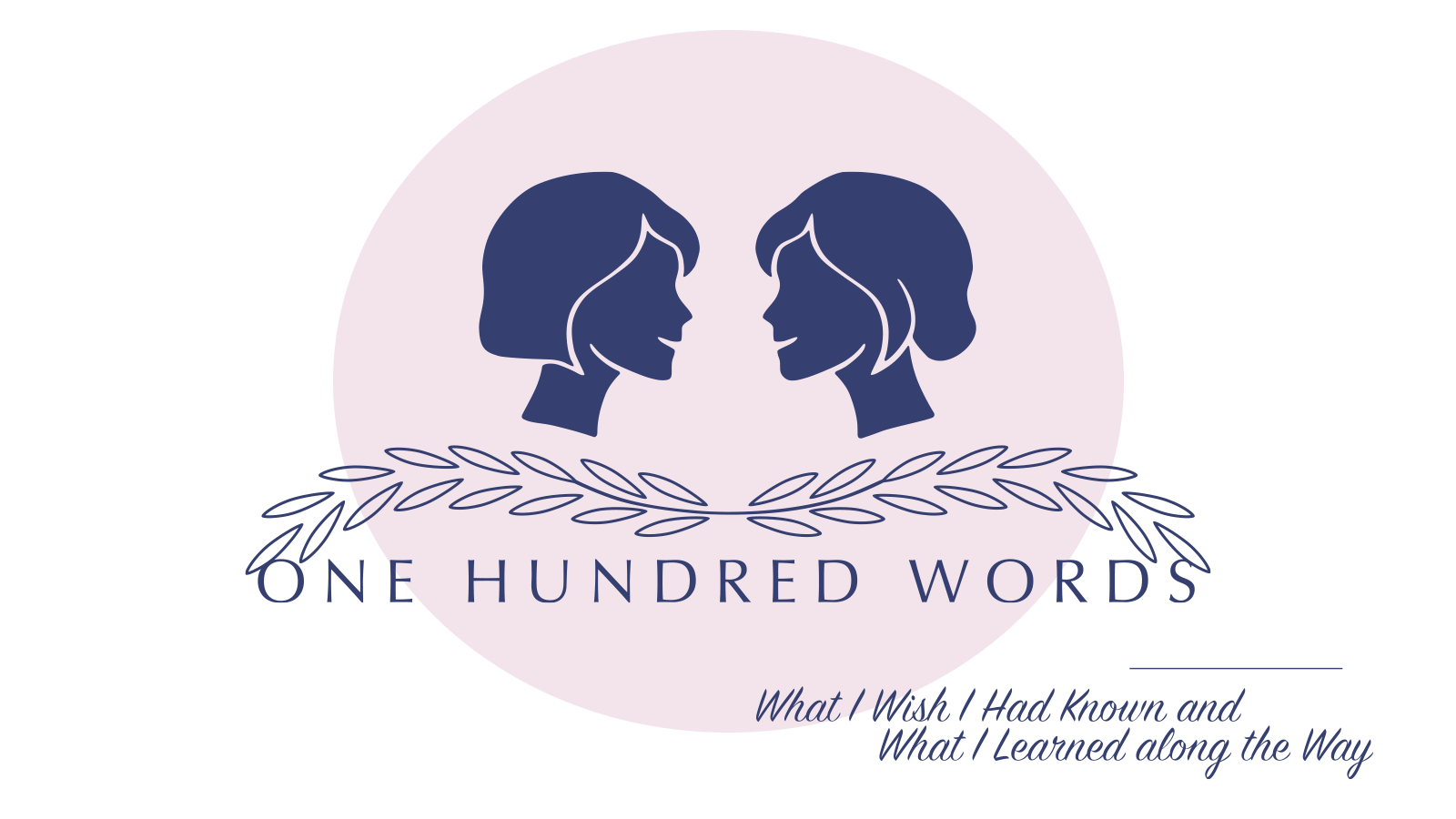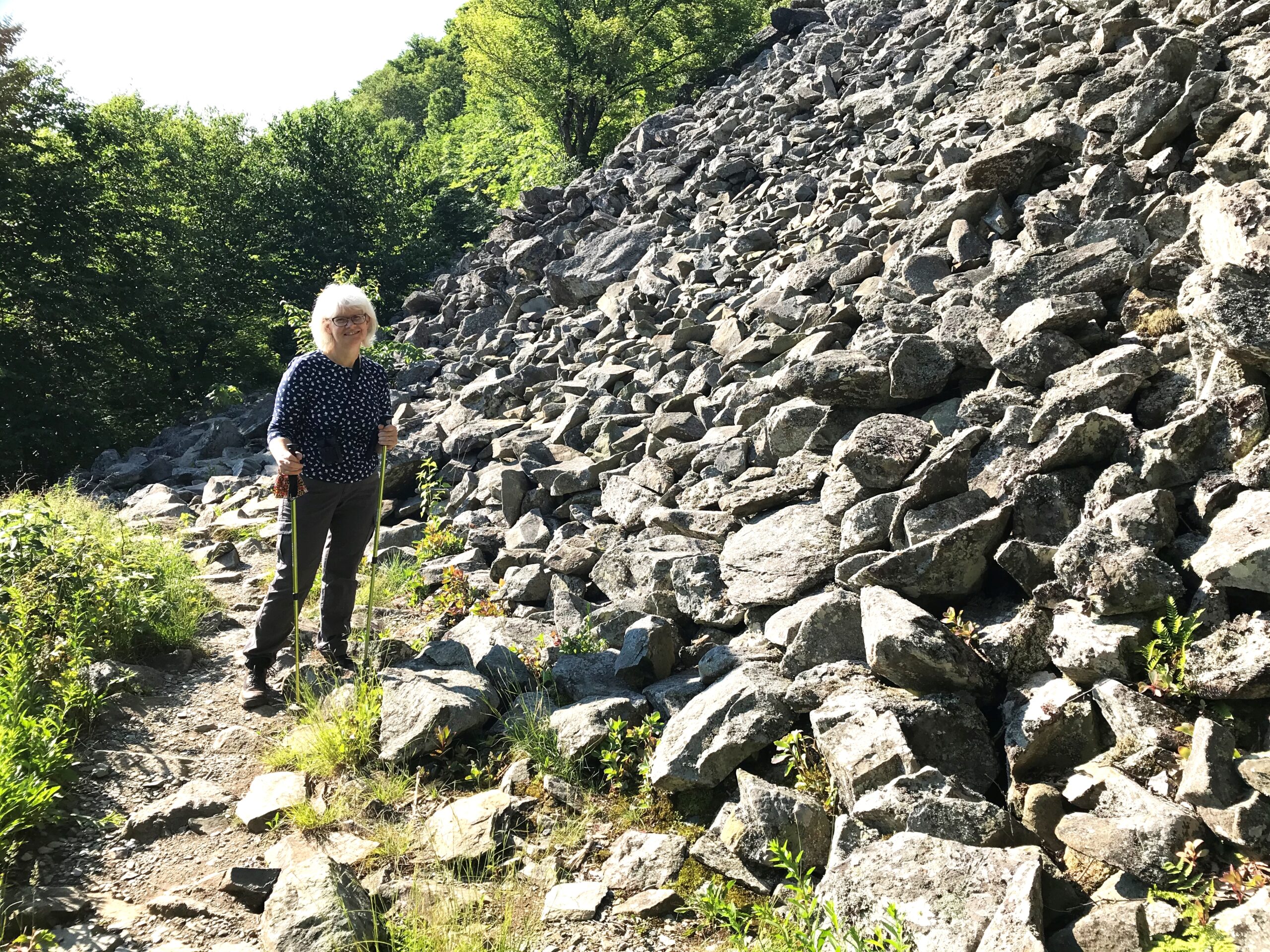During one set of art classes, I hung a print of The Duck Pond by Claude Monet, and employed a method I learned from Teaching Critical Thinking Through Art. That day, I chose the See-Think-Wonder routine. *
“I see”—which is observation—yielded expected answers. “I think”—which is interpretation—yielded less predictable responses. However, I learned the most about my six-to eleven-year-olds from “I wonder.”
I wonder if the lady would invite me into her house for toast.
I hadn’t noticed the tiny woman by the door
I wonder if the ducks are arriving or leaving.
I thought the ducks were hanging out.
I wonder if there is always that much water.
I had considered the water level unchangeable.
I wonder if the ducks get along.
Hmm …
Am I negligent if I mainly experience art with my students? If I don’t focus on information? I hope not because I teach art appreciation for the love of both my students and the subject. I want children to have accessibility to art. I want their enjoyment of art to take precedence over knowledge.

What do you see, think, and wonder?
*For more information see Making Thinking Visible by Ritchhart, Church, and Morrison.






